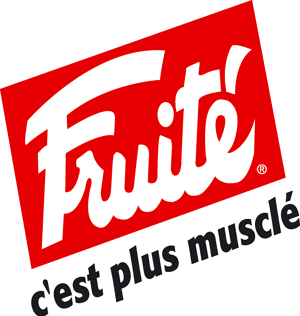Voici la description de tâche d'un technicien port-production. Il devrait y avoir là de quoi occuper son homme... Non?
Post-Production Technician
Description
Post-production technicians are involved in many of the tasks that transpire after a production has been shot or music recorded. Post-production is the manufacturing stage that assembles all the pieces into a finished work of art including editing, sound mixing, sound effects and adding a musical score. Without these processes, music and film would be nothing like we know them as. Post-production techniques are as crucial to the film or music as the production. They serve to enhance a production with character, eloquence, coherence, persuasion and turn raw images in to a final print.
Post-production technicians who specialize in special effects create illusions that are synchronized with sounds. They add echoes, delays, speed up or slow down tempos and fine-tune voices. In so many words, post-production technicians manipulate sound to correspond with images to create certain effects. This process used to insert sounds is called dubbing. For example, if a director wants to make a villain more domineering, a mixing technician might raise the volume of his or her voice and adjust the tonal qualities to make the villain sound larger than life. Experienced technicians and mixers will get some creative room to make suggestions as to how the sound quality can be improved and where fades should take place.
Sound recordings produced on multi-track tape recorders, digital audio workstations, computer hardware and samplers record each instrument and voice separately. The post-production mixing technician then takes each of these separate recordings and mixes them together to form a polished and cohesive sound. The same happens in film during the post-production stage. Sound technicians work closely with producers, directors, arrangers and performers to achieve the desired sound for these different audio and musical recording mediums.
Another post-production editing technique used by post-production technicians are cuts, which help change scenes, compress time and vary points of view. A jump cut (a type of cut) is quite abrupt, often used deliberately for dramatic effect. Post-production technicians also use cuts effectively to imply information, so that the film does not take place in real time. For example, showing an airplane taking off when you know a character is about to go on a trip, implies to the viewer that the character went to the airport, checked a bag and is now sitting on the plane we have just witnessed departing. Other more smooth methods of cutting are fades, dissolves and wipes. Post-production technicians also use different cutting rhythms and speeds, use split screens, such as when two people are on the phone, and work with editing techniques to help manipulate the story. Post-production technicians also edit and reproduce tapes for compact discs, records and cassettes, for radio and television broadcasting and for motion picture productions.
Post production technicians must keep up-to-date with new technological and digital advances. In recording studios, radio stations and some post-production studios, traditional analog recording is still used, but most recordings nowadays use SMPTE or musical instrument digital interface (MIDI) time codes for synchronization. Recording techniques are increasingly computerized and digitized, which allows allow sound mixers to work at a faster and more efficient pace.
Mais, faut dire que c'est une description de tâche américaine...
Ici, le technicien post-production range les cassettes des techniciens de production et passe le reste de son temps à niaiser sur le net!!!

